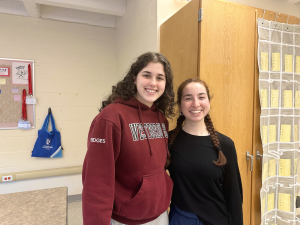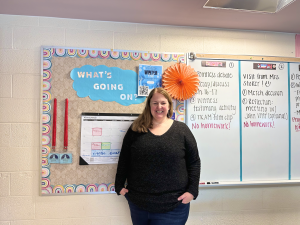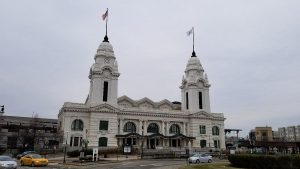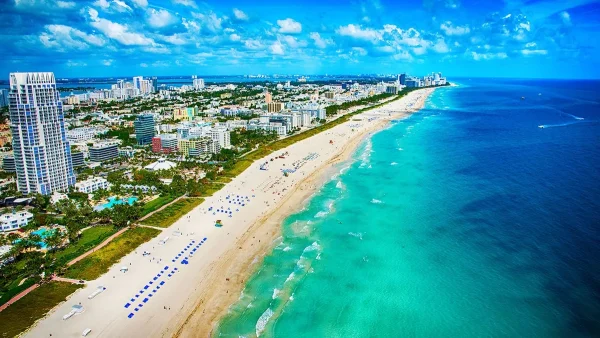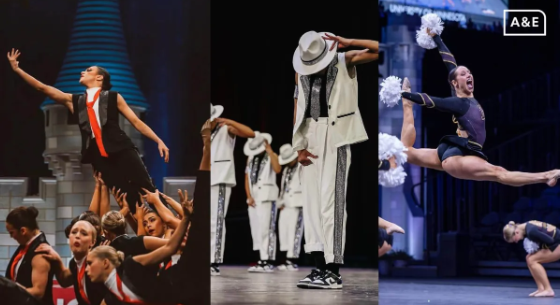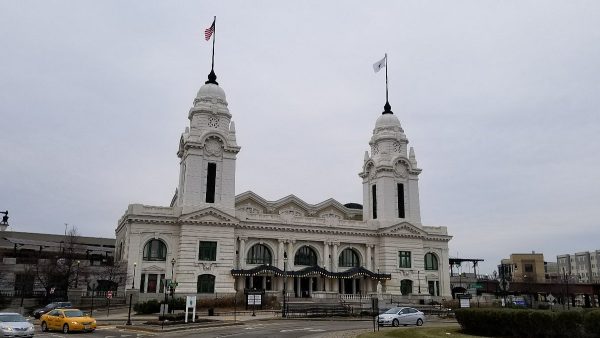Why There Should Be More Education About Gender and Sexuality in Public Schools
January 31, 2019
By Tara Dupree
Westborough High School is an incredibly diverse and inclusive school that I am proud to attend. But, one place where I think we lack is in our education on the concepts of gender and sexuality. While the health curriculum does include a short section on human sexuality and gender, it’s limited to only basic constructs such as homosexuality, bisexuality, and transgenderism. However, there is so much more to the spectrum of gender and sexuality that people should be educated on, especially because these topics are becoming more and more prevalent in our society.
In the United States there are approximately 1.3 million and counting LGBTQ+ youth; high schoolers account for about 8% of the population. If applied to our community here at Westborough High School (estimated 1,500 students) there are about 120 LGBTQ+ students in our school. This number may not seem high, less than the average class size, but when we take into account the emotional and sometimes physical abuse these teens go through just for being themselves, we realize not all teens feel safe in being open. It’s important to recognize we have to do better in providing a safe school for all teens.
In 1995, Massachusetts became the first state to include questions on gender and sexuality in their statewide health survey. Some of the most recent data collected from 2015 reveals many of the struggles LGBTQ+ youth face in their schools. Overall, 18% of girls and 9% of boys report belonging to the LGBTQ+ community. Of these students, 25% of them reported feeling suicidal in the past four weeks (compared to about 9% of heterosexual students) and 60% reported feeling depressed or anxious. About 13% reported feeling unsafe at school. Even more shockingly, around 18% of LGBTQ+ youth reported being sexually assaulted at least once in the last year.
We owe it to these students to provide a safe learning environment as well as the support and respect they deserve. Part of this is making sure all students are educated on both the vast concepts of gender and sexuality, as well as the struggles LGBTQ+ students face everyday. I believe the way to do this is to integrate a more advanced curriculum on sexuality and especially gender identity in our health courses as well as have more gender and sexuality inclusivity around the school.
One way we can improve our education on gender is by integrating some of the Gender Studies elective class curriculum that includes sections on the gender spectrum, gender identity as well as the use of gender in society. I took this elective in my sophomore year, and it was a super interesting and insightful class that really helped my classmates and me understand the concepts of gender better. We all agreed that this curriculum is very important to understanding our society and that not enough people are educated on it.
There are other steps being taken to improve the inclusion of transgender, non-binary, and gender fluid students and faculty through the Gender Equity and Social Inclusion Committee. This committee was created by Ms. Parteleno, the school adjustment counselor, who retired last year. She brought together a group of teachers who she knew understood the hardships that minority students, such as transgender and non-binary students, face in school. This committee is now led by Mrs. Tucker and Mr. Sullivan.
The mission of the committee is to strive to ensure that WHS is a supportive environment where all students, faculty, and staff feel welcome, safe and included.
When asked what the committee was focusing on at the moment Mrs. Tucker shares, “This year’s focus has been on gender, but this will soon expand to include other students who may feel marginalized in some way.”
The goals and values of this committee are what should be translated to the rest of the community here at WHS and around town.
It is hopeful to know that the WHS community is trying to do better. By taking these steps, our school community will be a more inclusive, accepting, and educated place where people of all sexulities and genders can feel safe and welcomed.



